Submitted by WA Contents
Russian Pavilion presents Russian railways with glamorous paintings in Venice Biennale
Russia Architecture News - Jun 04, 2018 - 04:48 19303 views
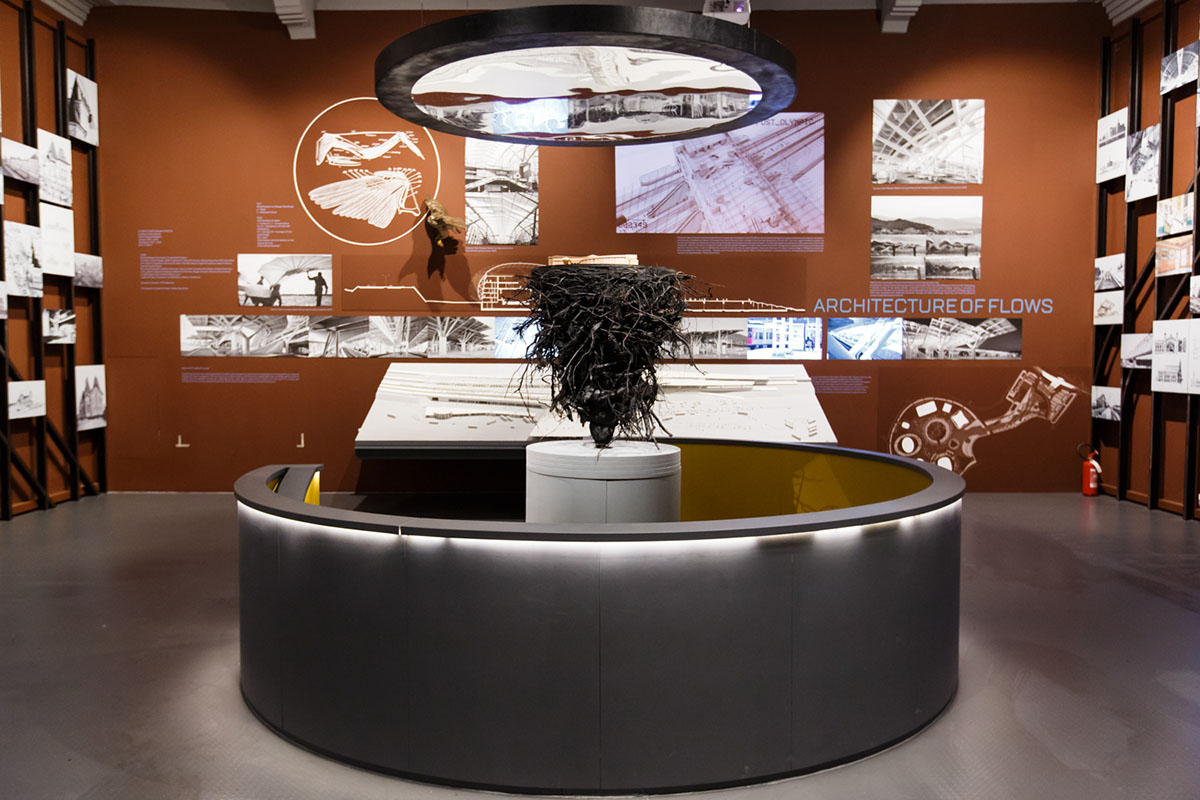
A series of mesmerising paintings and drawings have been attached to the walls of the Russian Pavilion, exploring the past, present and future of the Russian railways at this year's Venice Architecture Biennale, curated by the Irish architects Yvonne Farrell and Shelley McNamara under the theme of Freespace.
Titled Station Russia, the pavilion, curated by Semyon Mikhailovsky, explores the history of Russian railways, showing that how they are used by people, and negotiate the vast and often empty expanse of the Russian landscape.
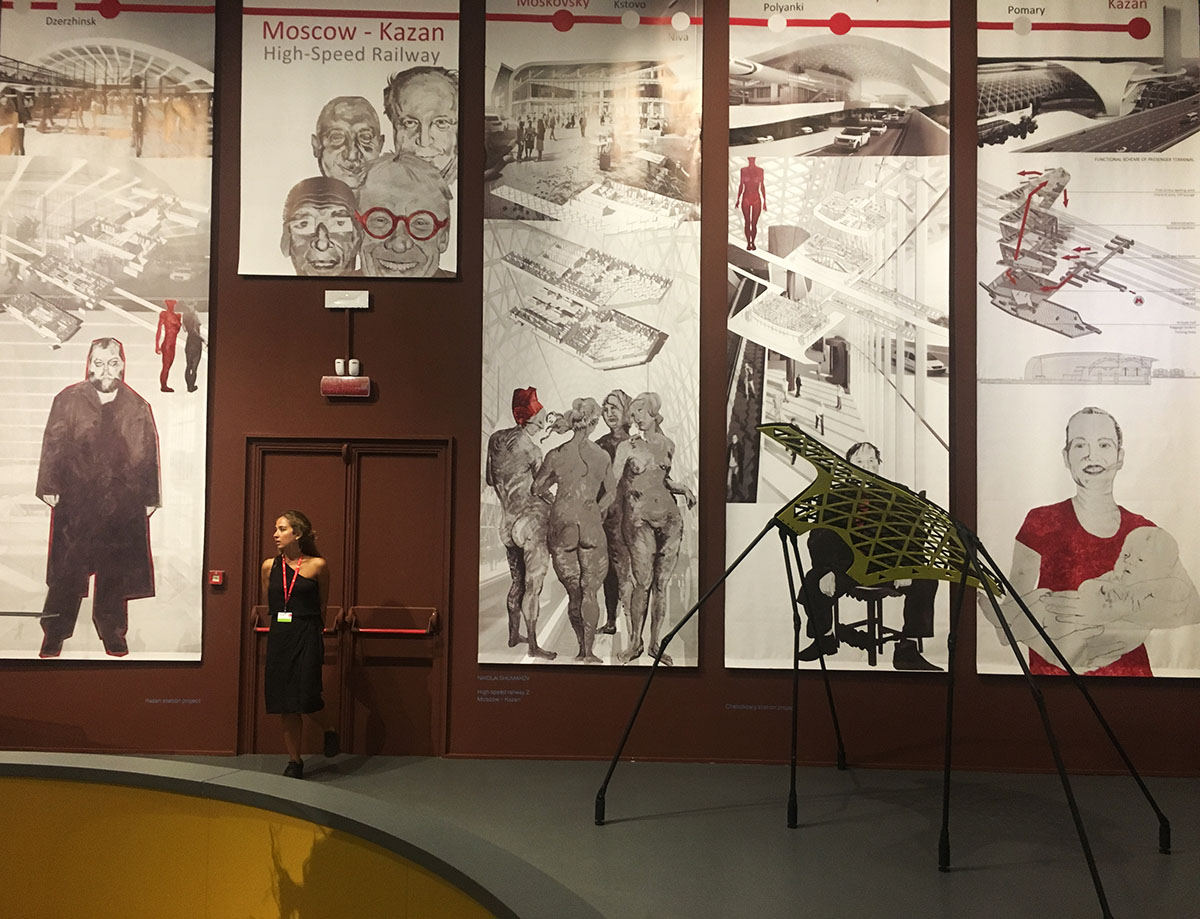
Image © World Architecture Community
This year, the Russian Pavilion has been transformed into a train station. Presented under the 5 major Halls, contemporary Russian architects, designers and artists have used sound and multimedia installations, as well as photographs, models and artefacts, to explore the past of the network and to present their vision of its future.
Supported by JSC Russian Railways, the organisation's involvement reflects its pivotal role in maintaining the strategic importance of the Russian railway network.
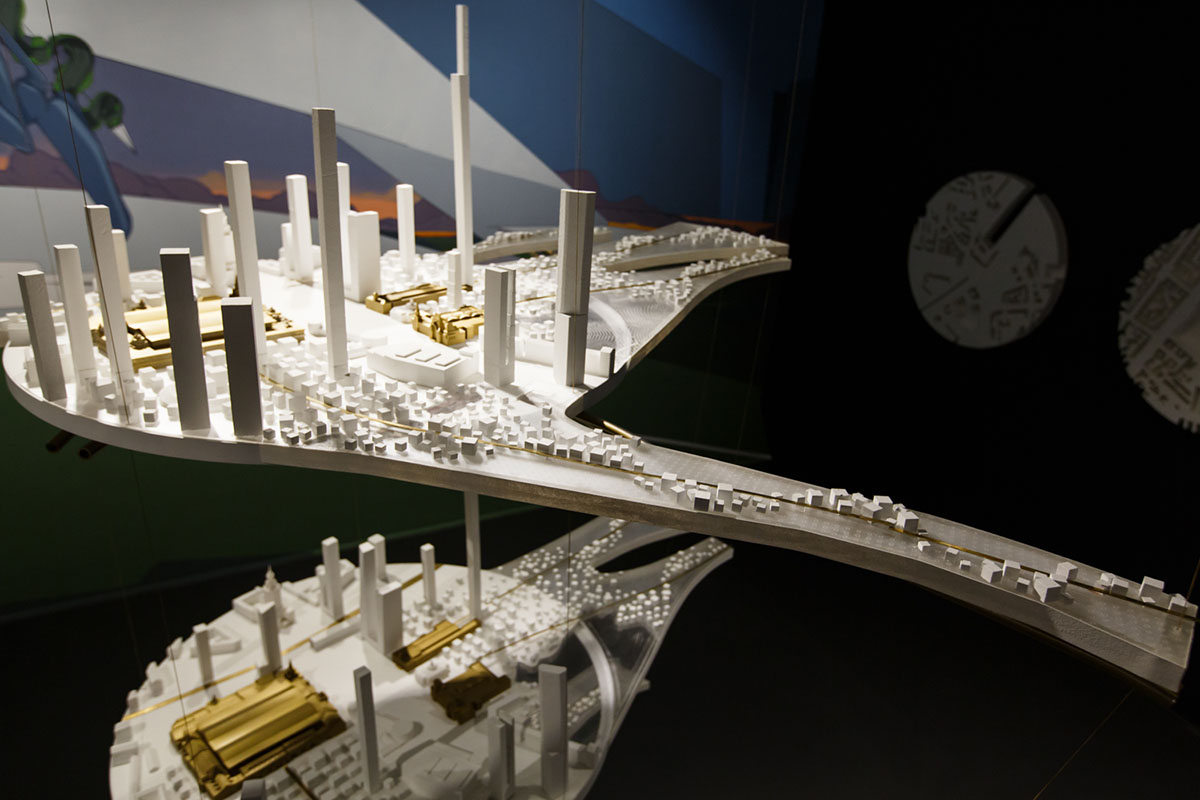
From “A Dichotomy of Free Space”. Image courtesy of the Russian Pavilion
"The focus of the exhibition forms a parallel with the history of the Russian Pavilion itself, which was inaugurated in 1914. The building’sdesigner, Alexey Shchusev, was also responsible for the Kazansky Railway Station – the Moscow terminus of the line which first connected the capital with Ryazan, in the south east of the country, and beyond, to Kazakhstan and central Asia," said in a press statement.
Before your visit to the Venice Biennale, you can peruse each Halls to see what are being presented in each section.
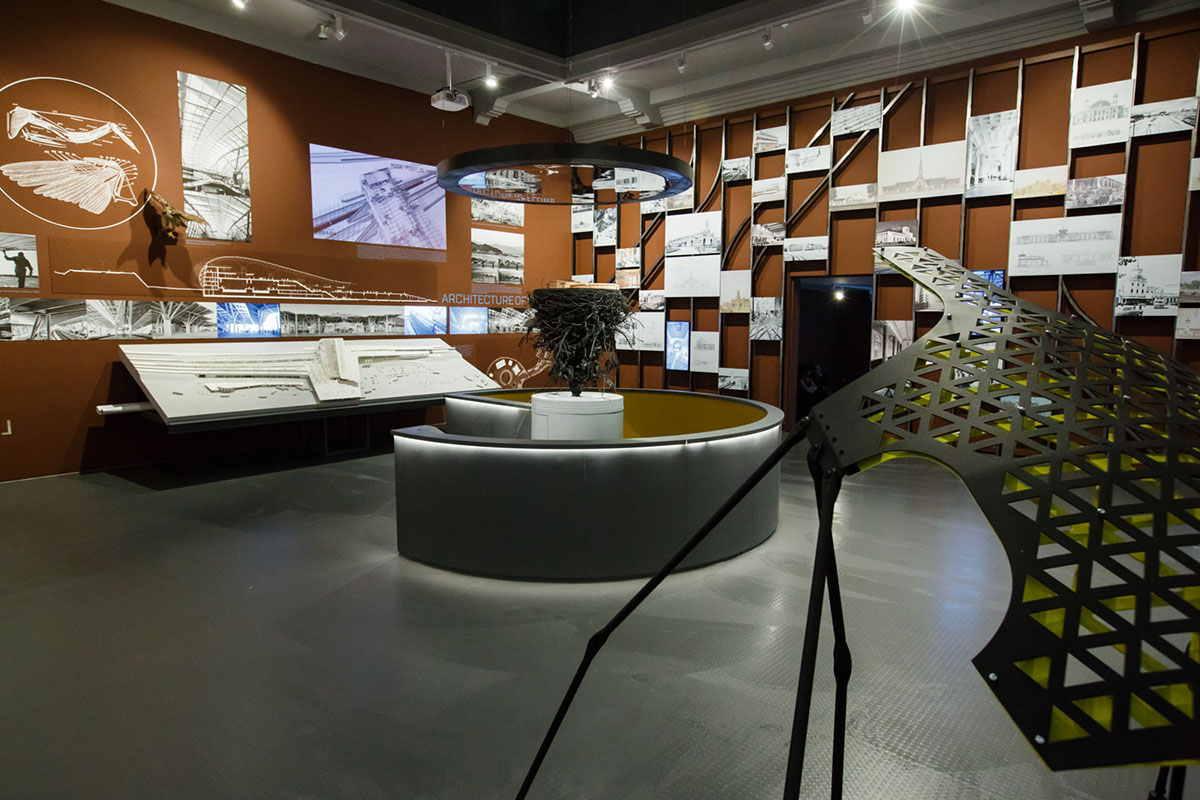
Image courtesy of the Russian Pavilion
Hall 1: The Geography of Free Space
"The first hall of the Pavilion demonstrates the complexity of the railway system that spreads throughout Russia’s vast empty spaces and multiple time zones."
"An infographic installation by Russian artist Arden Vald presents the country’s railways as both its circulatory system - its living, vital veins - and as its backbone, supplying crucial connectivity for the Russian populous, who depend on this form of transport as the only way to navigate an often formidable landscape."
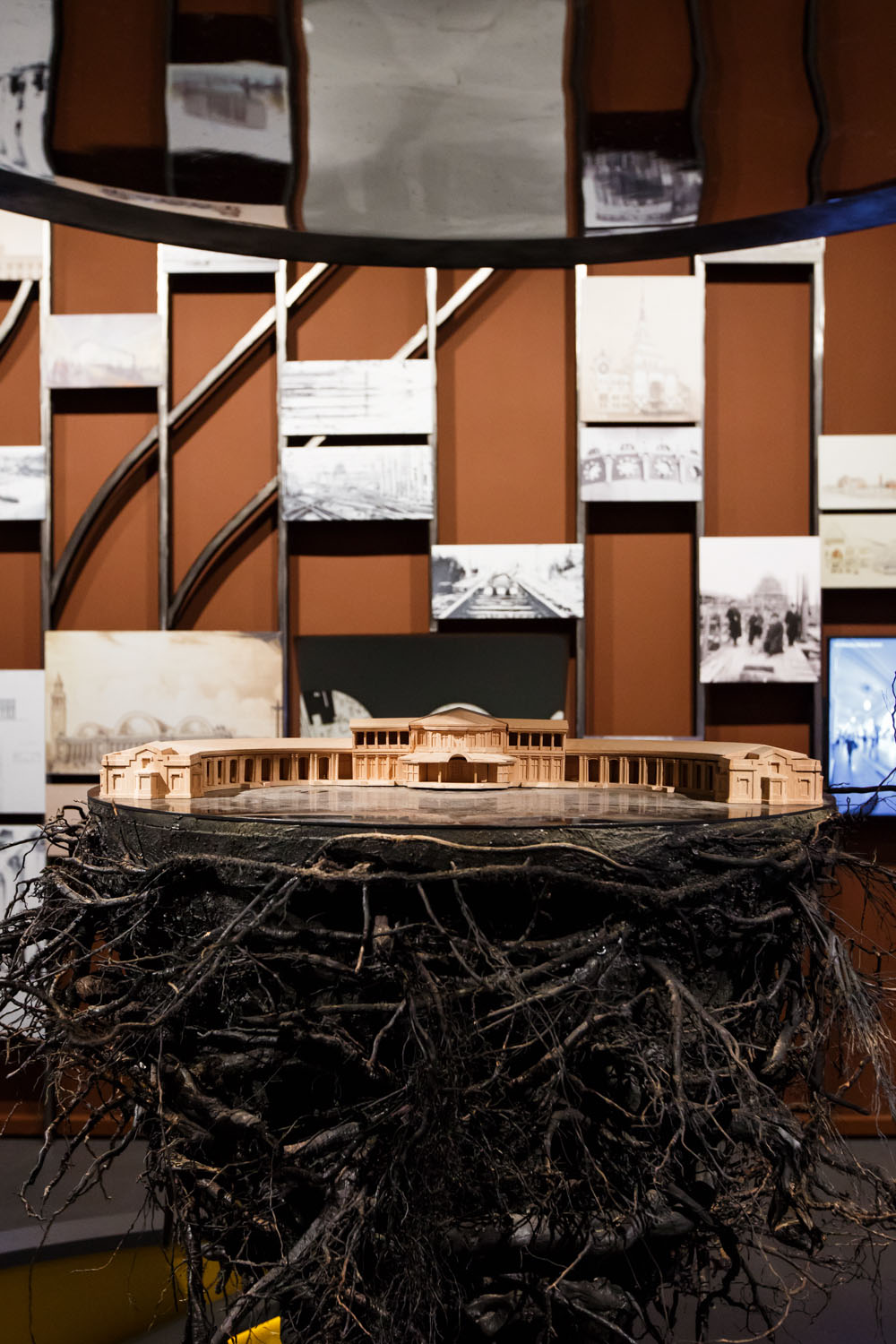
Image courtesy of the Russian Pavilion
Hall 2: The Architectural Depot
"In the central hall of the Pavilion, The Architectural Depot showcases plans and models of train stations past and present, such as the renovated station at Sochi (Studio 44, Architect: Nikita Yavein) and the proposed High Speed Rail connecting Moscow to Kazan (Metrogiprotrans, Architect: Nikolai Shumakov)."
"A large-scale installation, suspended above the central stairwell, recreates the first Russian voksal – or Vauxhall - a train station and Pleasure Gardens in the suburb of Pavlovsk, built in the early 19th century, which functioned both as a terminus for the first Russian railway and as a summer retreat for St Petersburg’s elite."
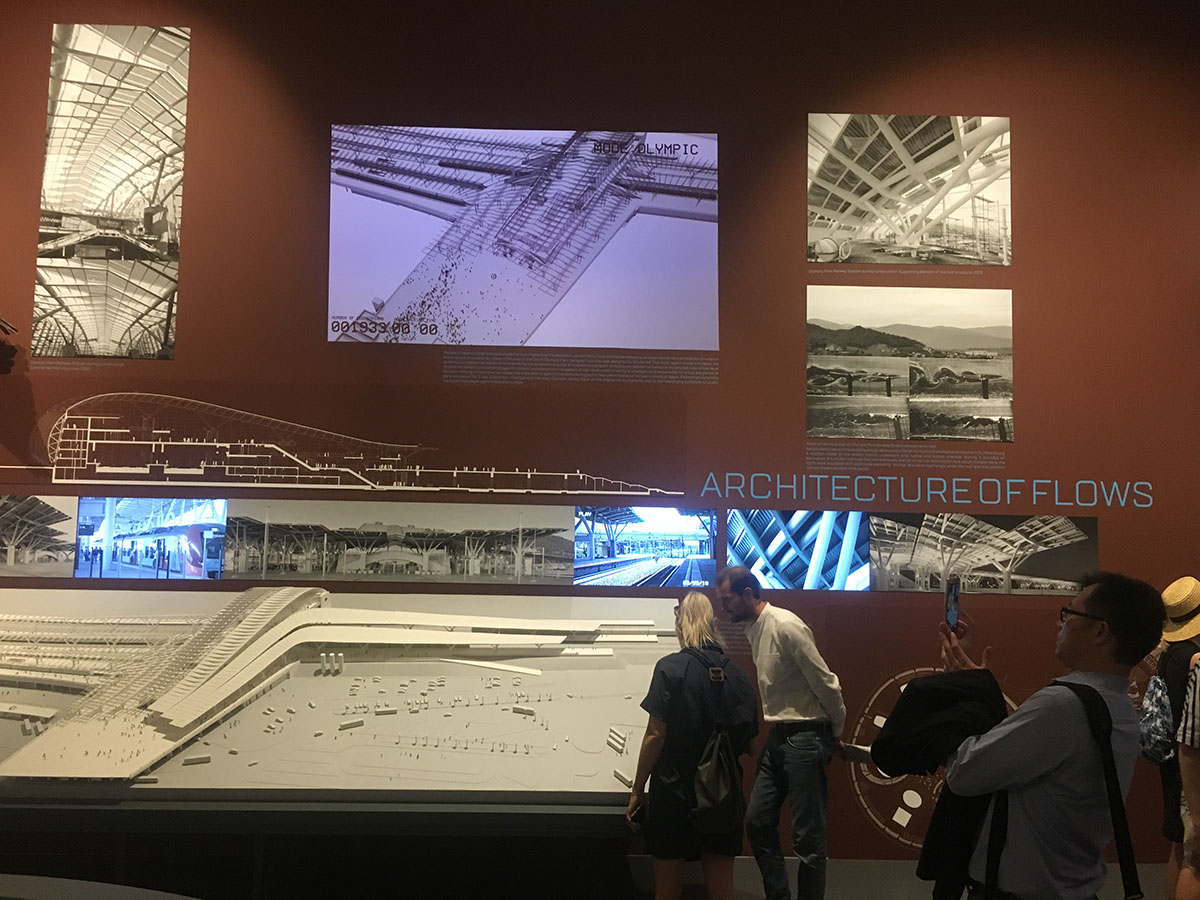
Image © World Architecture Community
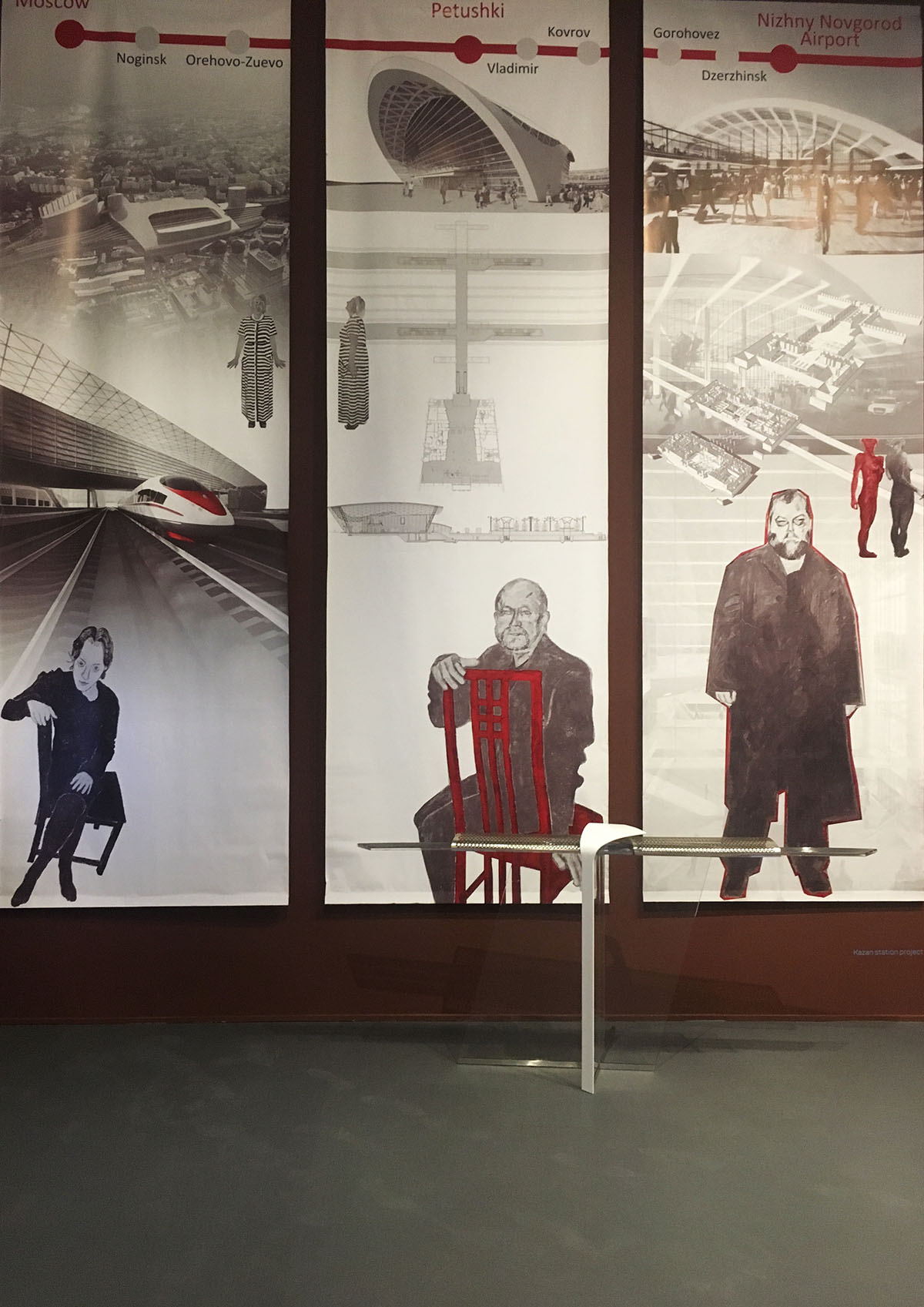
Image © World Architecture Community
Hall 3: The Waiting Hall of the Future
"The Waiting Hall of the Future presents two projects dedicated to the future of habitable development surrounding train stations: a re-examination of the futuristic New Unit Settlements (NUS), first shown at fifty years ago at the Triennale di Milano in 1968, and a showcase of proposed developments around one of the busiest railway termini squares in central Moscow, put forward by a new generation of contemporary Russian architects, Citizenstudio and Studio 911 (Citizenstudio: M. Beilin, D. Nikishin. Studio 911: V. Krylov, A. Churzin, I. Assorov)."
"Titled “A Dichotomy of Free Space”, the proposals reflect on train stations in other megacities to suggest ideas for how the area around Moscow’s train station might be repurposed. On the walls of the gallery, Graffiti artist Anatoly Akue has created an imagined visualisation of the urban surroundings of this future space."
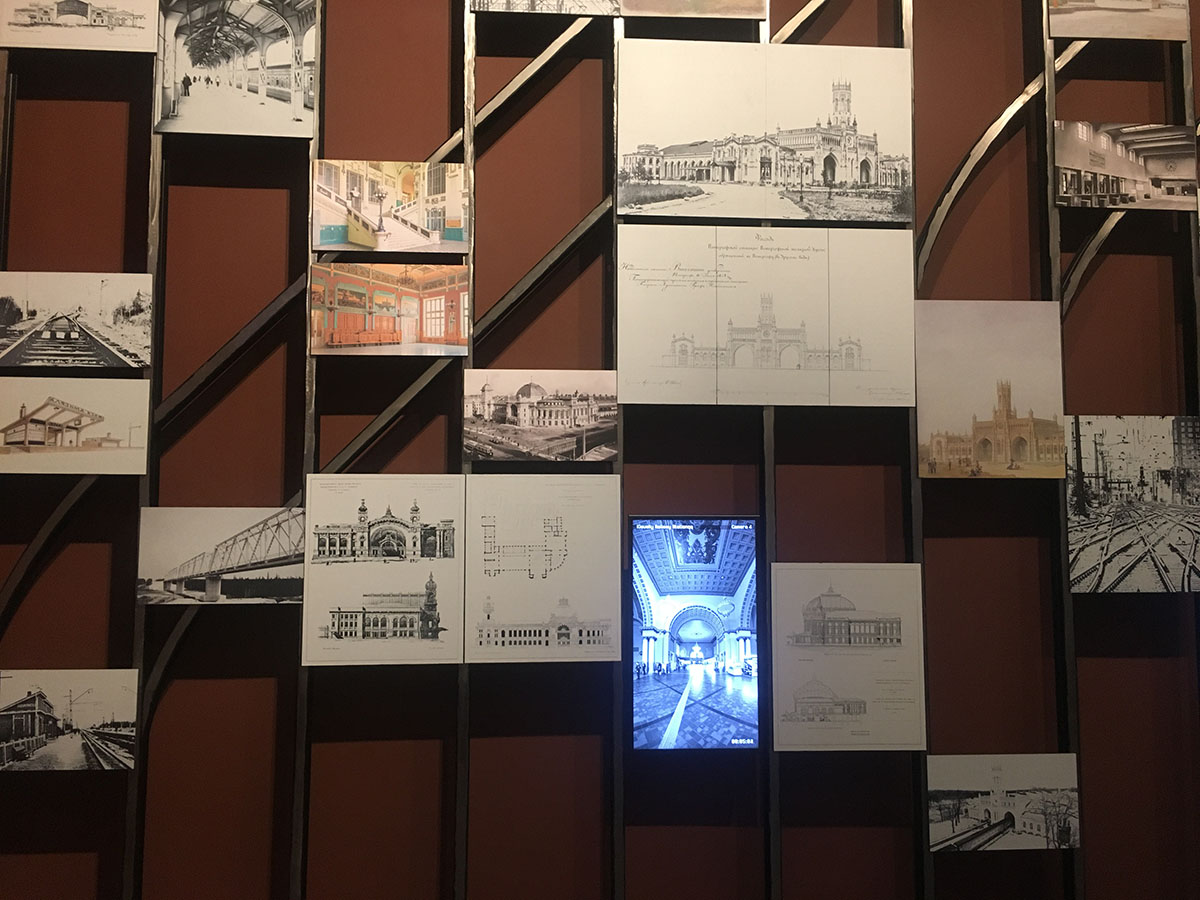
Image © World Architecture Community
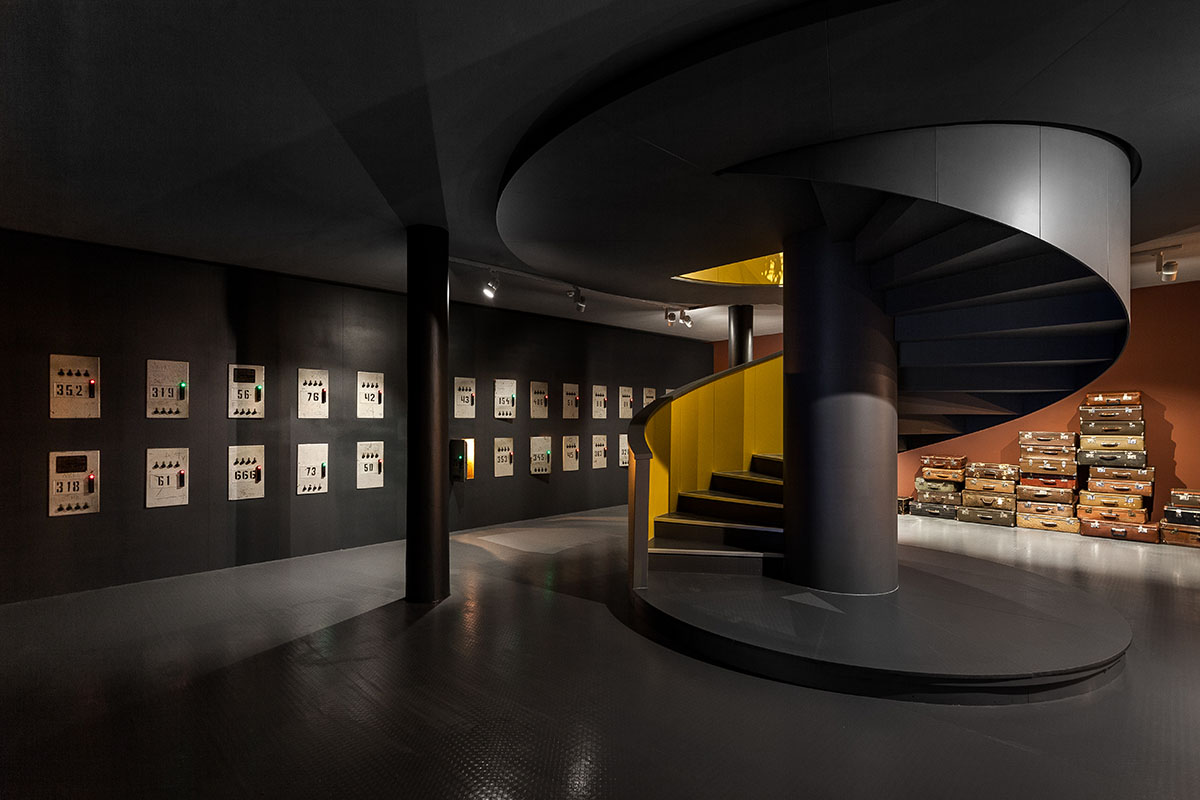
From "The Crypt of Memories". Image courtesy of the Russian Pavilion
Hall 4: The Crypt of Memories
"In The Crypt of Memories, the walls of the Pavilion’s lower gallery are lined with steel cabinets, mimicking a traditional luggage room. The lockers, which visitors are invited to open and explore, hold ‘lost and found’ property: historical artefacts, including Soviet memorabilia, which reveal the history of the material world behind the Russian Railway."
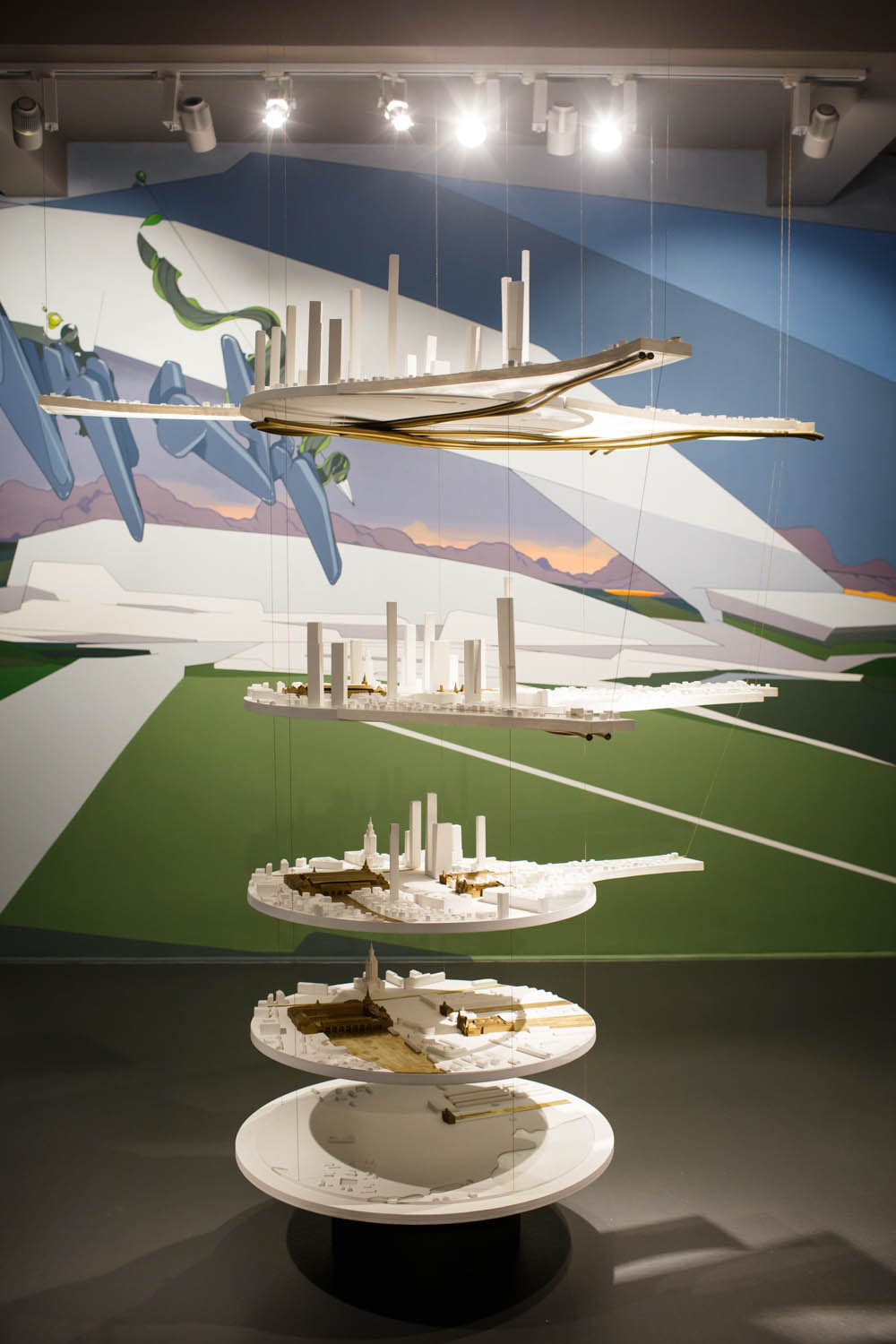
Image courtesy of the Russian Pavilion
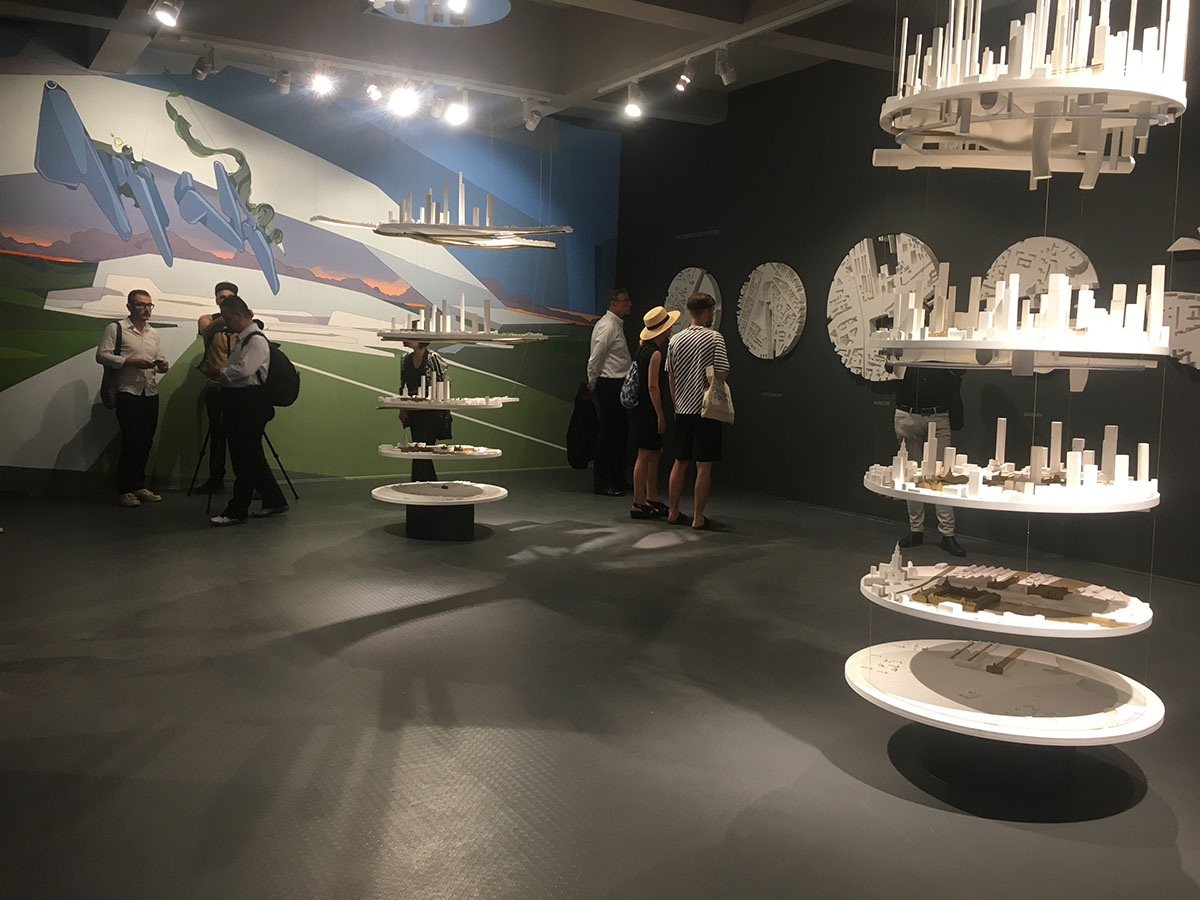
Image © World Architecture Community
Hall 5: Aboard the Free Space
"The final hall of the Pavilion brings the significance of the railway in Russia full circle, with a short-film by director Daniil Zinchenko. Presented behind the frosty window of a train carriage, Seven Days in Seven Minutes shows Daniil’s journey from Moscow to Vladivostok, an excursion of 9,300km along the route of the Trans-Siberian Express, to meet his long-lost grandfather."
"The film offers visitors to the Pavilion a marked contrast to the heat of Venice, and highlights again the vital role of train travel in the country, as well as giving a human aspect to the connectivity it facilitates."
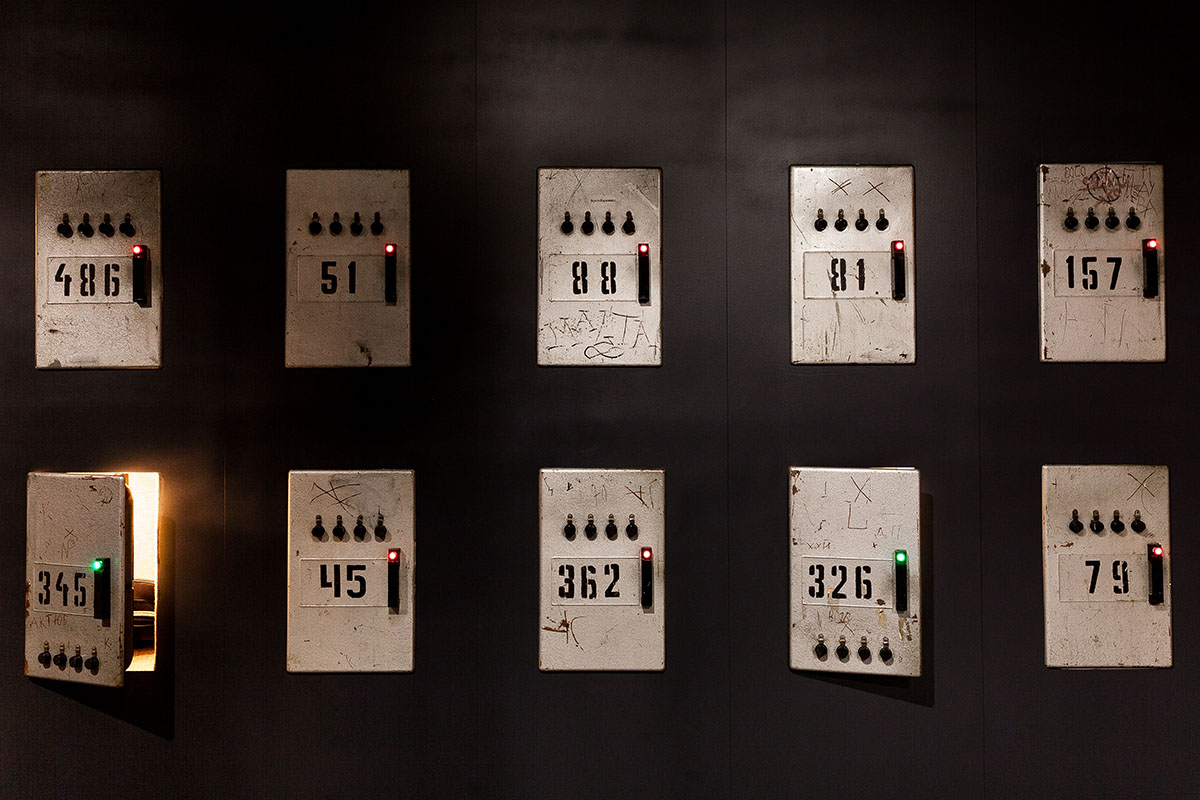
The Crypt of Memories, Station Russia, The Russian Pavilion. Image courtesy of Anna Mikheeva
The Russian Pavilion in the Giardini in Venice was designed by Alexei Shchusev and ceremonially formally opened by Grand Duchess Maria Pavlovna of Russia at a ceremony in 1914.
Russian artists have participated in the Arts Biennale from its first Exhibition of 1895 and since then, over 800 Russian artists have shown work there from leading names like Repin, Malevich and Kabakov to emerging artists. Semyon Mikhailovsky was appointed Commissioner of the Russian Pavilion for the exhibition of Biennale Arte and Biennale Architettura in 2016 and will hold the post until 2021. The Russian Pavilion is supported by the Ministry of Culture of Russia. The general partner for the project is JSCo "RZD" - Russian Railways.
The 2018 Venice Architecture Biennale, curated by Yvonne Farrell and Shelley McNamara, will be on view from May 26th to November 25th, 2018 in the Giardini and the Arsenale, and around other venues in Venice.
Top image courtesy of the Russian Pavilion
